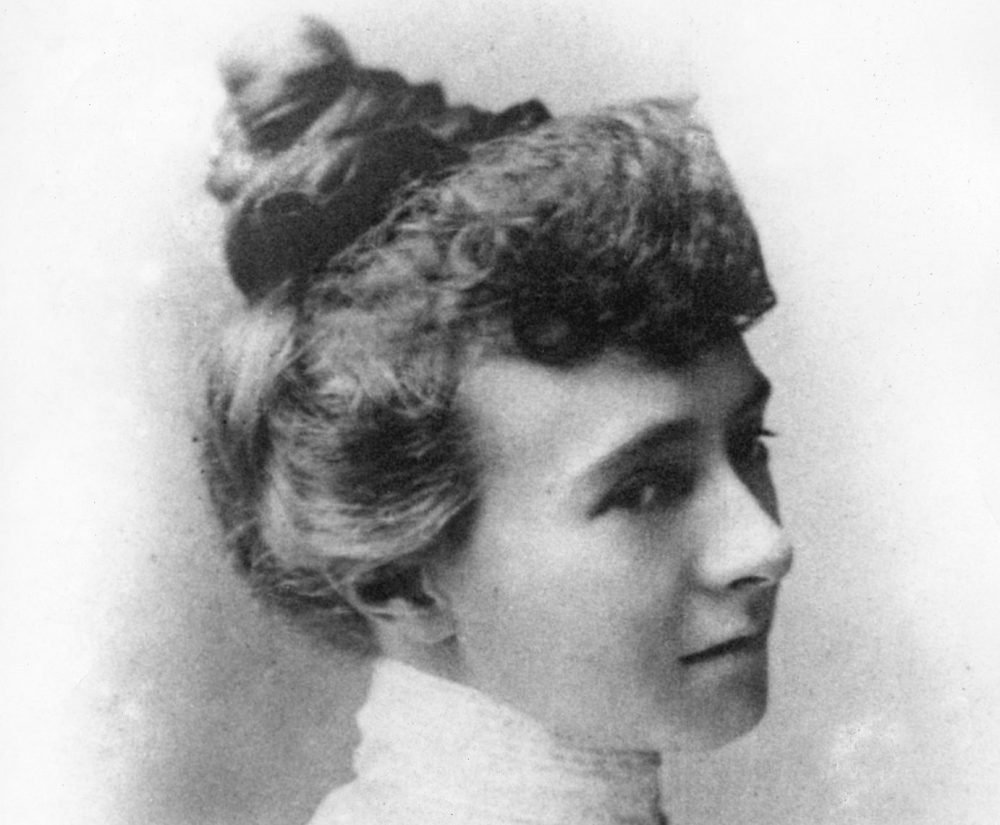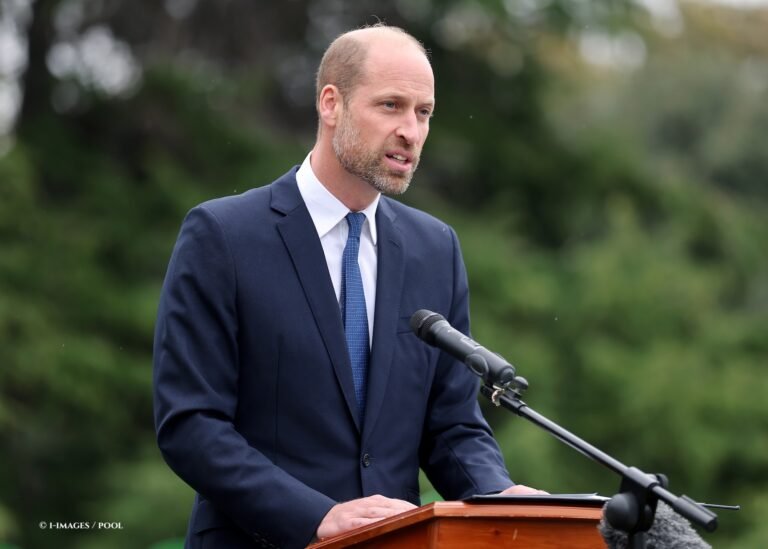On this day in 1913, one of the most famous events of the suffragette movement took place at the Epsom Derby: Emily Wilding Davison was trampled by the King’s horse.
The event would lead to her death a few days later.
Who was Emily Wilding Davison?

Davison was born in Blackheath, London, and brought up in a middle-class family. She grew up to be bright and won a bursary to study at Royal Holloway college in 1891, studying languages, but had to give up after one year as her father died, and her mother could not afford the supplementary fees.
Emily then became a governess, and saved up to study English Language and Literature at St Hugh’s College, Oxford; at a young age, she was already showing a feisty temperament and ambitious nature. Her final exams saw her obtain a first, though degrees were not permitted for women there at the time.
Emmeline Pankhurst’s daughter, Sylvia, described Emily as ‘tall and slender,’ with ‘illusive, whimsical green eyes,’ ‘red hair,’ and a ‘thin, half smiling mouth’. A journalist at the time, Rebecca West, described Davison as ‘a wonderful talker,’ with ‘fine wits’ and a ‘moral passion’ to end injustice.
Involvement with the WSPU & protesting
Emily’s association with the Women’s Social and Political Union began in 1906, when she became a member. Three years later, Davison committed herself to the suffragette movement full-time, giving up her teaching job.
She was frequently arrested between 1909 and 1912, for acts ranging from public disturbance to burning post boxes, and spent almost ten stints in prison, often for actions the WSPU hadn’t authorised.
Emily took hunger strikes, and was force fed multiple times, which she described as a horror which would haunt her. She once took a brave stance blockaded her cell door in Strangeways prison to avoid another feeding. Angered by her actions, guards forced a hose into the room, drenching her in icy water.
This appeared to be a turning point for Emily and her thinking: “The thought in my mind was that the moment for the sacrifice, which we all agreed will probably be demanded, was at hand. And strange to say, I had no fear.” She was prepared to give up her life for the cause of democracy.
On the eve of the 1911 census, Emily hid in a cupboard in the crypt chapel in the House of Commons, so that she could give her residence on the form as the Houses of Parliament – this meant
In June 1912, near the end of a six-month sentence in Holloway Prison for arson, 39-year-old Davison threw herself down an iron staircase, with the intention of suicide. It should have been a 30-40ft drop, but netting caught her, making it a 10ft fall. She suffered severe head and spinal damage, causing her almost chronic discomfort for the remaining year of her life.
In her writings, Emily explained her actions; “I did it deliberately, and with all my power, because I felt that by nothing but the sacrifice of human life would the nation be brought to realise the horrible torture our women face. If I had succeeded I am sure that forcible feeding could not in all conscience have been resorted to again.”
What happened at Epsom?
At the Epsom Derby, one of the premier flat racing meets of the year, Davison had planned to act to draw attention to the suffrage movement and votes for women.

Standing near Tattenham Corner, Davison ducked under the railings as the horses approached and ran onto the course, in front of the King’s horse, Anmer. Perhaps miscalculating something about her task, Emily pulled on the reins of the horse, bringing it – and jockey Herbert Jones – down. The 40-year-old was hit by the horse’s hooves, before he rolled and got up, continuing the race.
Jones was furious but sustained only cuts and bruises from the incident. Emily came off worse, suffering from a skull fracture sever concussion and internal injuries, perhaps even bleeding. She was taken to the local Epsom Cottage Hospital, where doctors tried to relieve the pressure on her brain.
Sadly, Emily succumbed to her injuries, dying on 8th June 1913. The founder of the suffragettes, Emmeline Pankhurst, described Davison as ‘one of our bravest soldiers’ who ‘gladly laid down her life for women’s freedom’.
5000 women walked alongside the funeral procession a week after Emily died.
A plaque to Emily was created in 2013 at the spot she was injured, and in 2013 – the 100th anniversary of the incident – there were calls for a statue of her to be erected in the Houses of Parliament.
Was it suicide?
No. It was certainly not.
While the WSPU had been employing more radical and violent tactics since 1912, Davison was of the belief that sacrifice of life may be the only way to end practices such as force-feeding, and she had attempted to kill herself in Holloway, she did not intend to commit suicide at Epsom.
Emily simply wanted to attach the organisation’s flag to the bridle or reins of the horse, as something of a publicity stunt. Police reports say that two flags were found on her body. To have the King’s horse pass the finish line appearing to fly their banner would have drawn attention, even giving a brief illusion that George V supported the women’s rights movement.

There are reports that suffragettes were seen practising jumping in front of horses in a park, and that lots were drawn to see who would undertake the task at Epsom. Either way, this ‘training’ did not work for Emily.
She would have recognised the dangers of her act, but Davison was carrying a return train ticket – she had no intention of not walking from the racetrack to head home.
A key part of Davison’s life was also her faith: she regularly attended church, with a personal motto of ‘rebellion against tyrants is obedience to God’. As a Christian, she could not have had a church burial if she had committed suicide.
The sad story does not, however, end with Davison’s death. At the funeral of the leading suffragette Emmeline Pankhurst in 1928, the jockey, Herbert Jones, laid a wreath to Davison and the founder of the movement; this was “to do honour to the memory of Mrs Pankhurst and Miss Emily Davison”.
Although Jones had merely suffered a mild concussion from the accident, he said was “haunted by that poor woman’s face”. In 1951, Jones’ son found his dead in a gas-filled kitchen – he had committed suicide.







